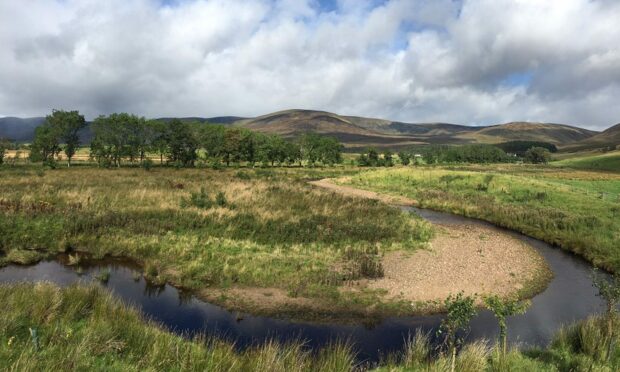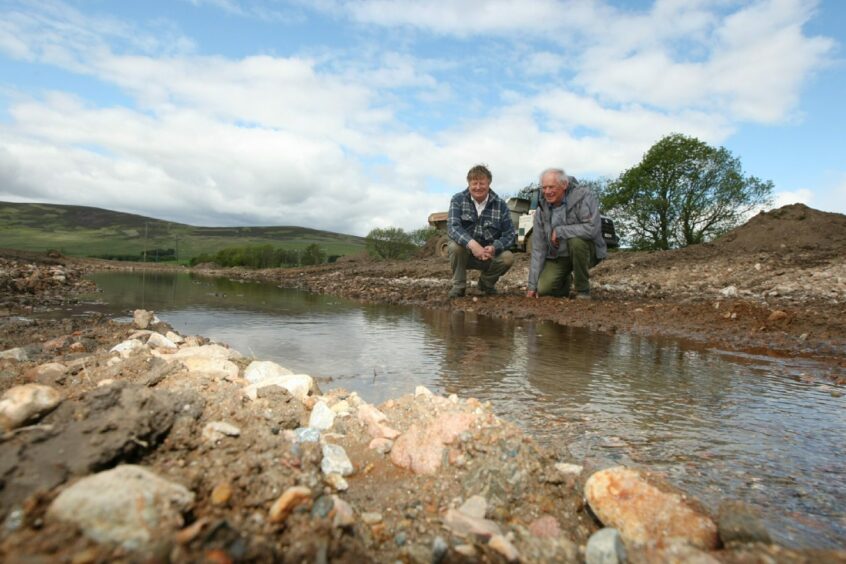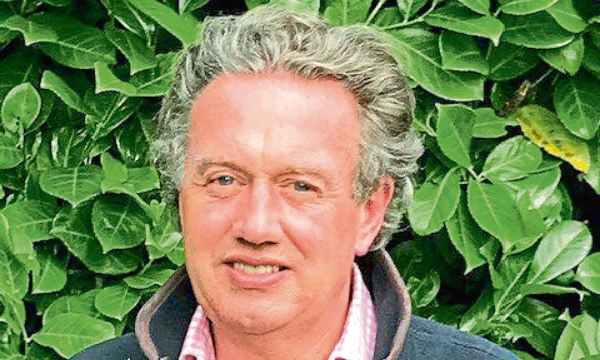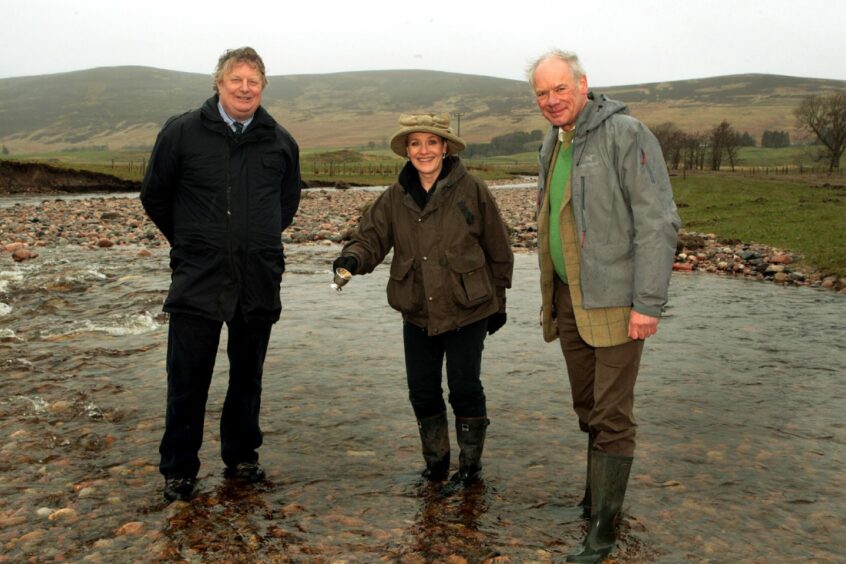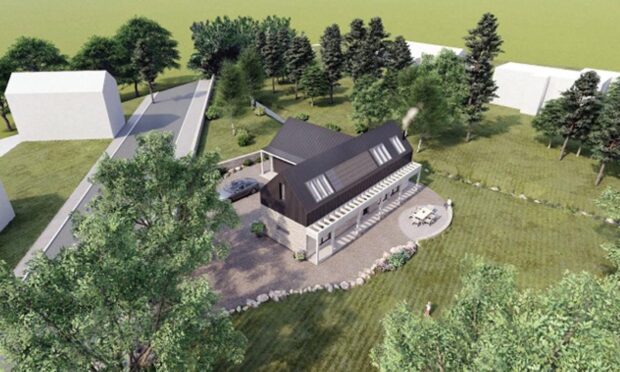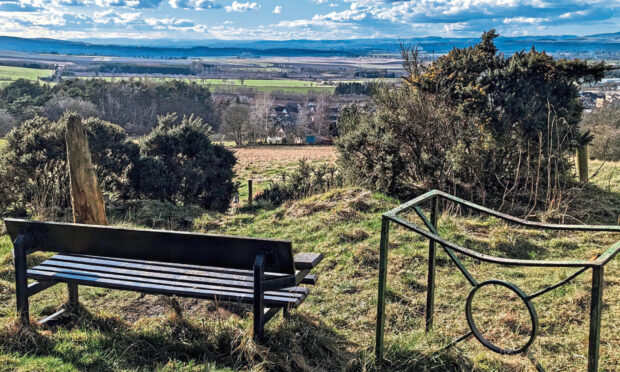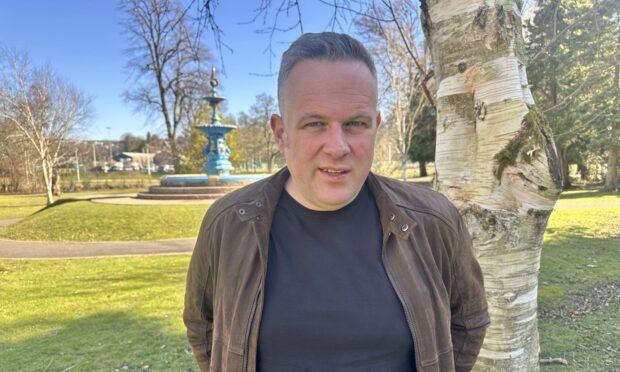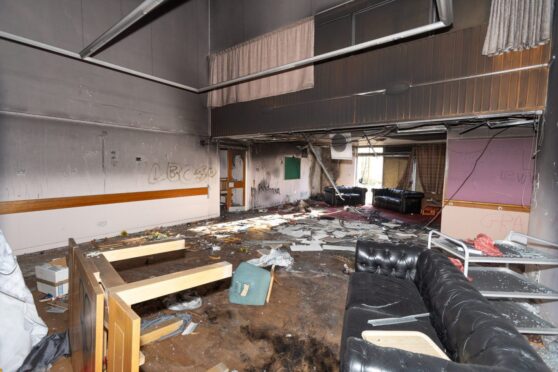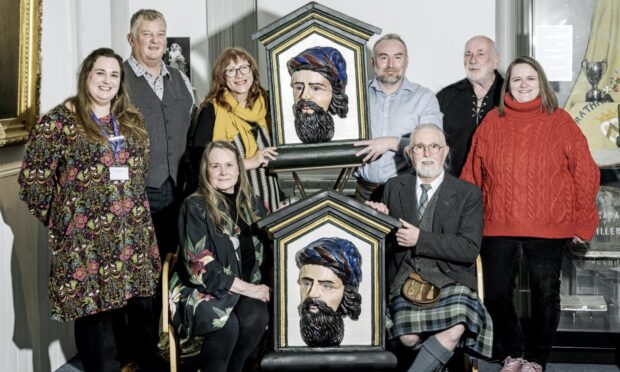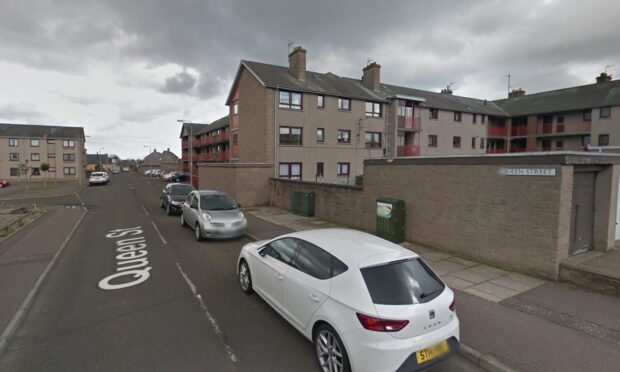It has taken more than a decade.
But an Angus glens burn has meandered its way to a major UK environmental award as a shining example of habitat restoration.
The Restoring the Rottal Burn project was awarded the UK River Prize at a River Restoration Centre event in Birmingham.
It’s a major coup for the estate in Glen Clova which returned the tiny tributary of an Angus salmon river to its original course after more than two centuries.
Rottal estate owner Dee Ward says the success of the initiative has let nature “do its thing”.
What did the Rottal Burn project involve?
The scheme focused on an 800 metre stretch of the burn which feeds into the River South Esk.
It was canalised in the 1800s in what was then an attempt to reduce flooding and improve the area for farming.
But the historical intervention effectively destroyed the area for fish and the burn’s status as a vital spawning ground for South Esk salmon was lost.
Old maps, aerial photographs and topographical surveys were used to form the restored channel.
At around 1.2km it is hundreds of metres longer than the stretch it replaced.
The River South Esk Catchment Partnership (RSECP) – Esk Rivers & Fisheries Trust, Abertay University and Rottal Estate – delivered the project.
Funding came from SEPA Water Environment Fund and the design engineers were EnviroCentre.
Estate owner’s delight
In the intervening decade, nature has responded magnificently.
Dee Ward of Rottal Estate said: “The Rottal Burn project has been rewarding on many levels.
“It brought together landowner, fishery board, environmental non-governmental organisations and fishers in a joint project to restore the burn to its pre-1840’s course and subsequently allow natural processes to return it to being a dynamic river system.
“It not only improved the habitat, water quality, river biodiversity and fish abundance but also encouraged different groups to collaborate at scale.
He added: “It has given us the confidence and trust to work together many times since to deliver landscape-scale environmental change in the glen.
“The project has been monitored by students and professors from Abertay University as well as hosting many school trips and visit from fishery boards around Scotland and indeed Europe, and the USA, all interested in seeing how a re-meandering project could work in practice.
“Allowing the river to be dynamic has meant learning to let nature and its forces just do their thing.
“This has been rewarding and educational in how nature when left alone can heal itself, and us with it.”
It has supported the South Esk salmon and trout populations and encouraged a variety of upland wetland birds.
Riparian planting and wetland improvements have been accompanied by an abundance of natural regeneration of trees and diverse flora.
Angus Council’s river champion, Councillor Ian McLaren said: “The Restoring the Rottal Burn Project is a shining example of what can be achieved when local partners, experts, academics and landowners combine their strengths for the benefit of our local environment, biodiversity and community.”
Dr Craig McIntyre, director of Esk Rivers & Fisheries Trust, added: “We are very proud of the Rottal Burn project.
“It is a fantastic example of restoring degraded river systems, and to watch the burn evolve and adapt over the years has been a privilege.”
Dr Rebecca Wade of Abertay University says the small Angus burn can play an important role well beyond the beauty of Glen Clova.
“The Rottal Burn restoration has been a truly ground-breaking project with collaboration and partnership working at its core.
“It has delivered multiple, tangible benefits which are not only felt locally but contribute to global outcomes as well.”
